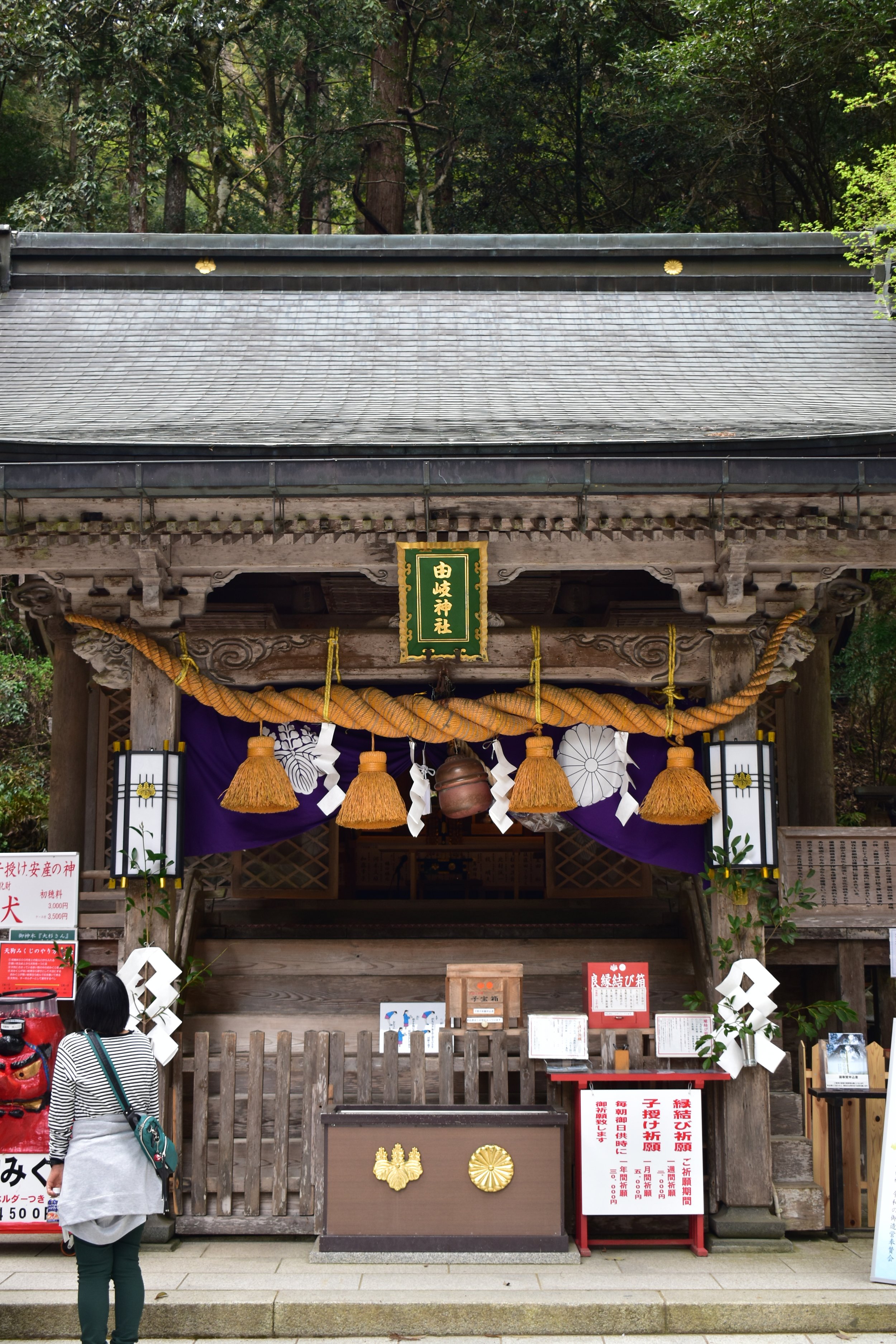Yuki Jinja
Located near the base of Kurama-san in northern Kyoto, this 8th century shrine was moved to its current location from the heart of the city. The shrine is dedicated to the god of the mountain and is known for the absolutely massive cedar tree which stands before its gates.
For the casual: 3. For the educated: 3.
To be honest, this shrine is very small and there isn’t much to see. Making the journey to this shrine is really a journey to visit Kurama-dera, the temple higher up on the mountain. In fact, Yuki Jinja is the first major stop along the climb to the temple, only a little ways past the tram. But for its small grounds and largely passable décor, Yuki Jinja is known for its fire festival on October 22nd of every year. The Kurama Fire Festival is a sight I have yet to see myself, but it looks amazing with people running truly enormous torches they carry, each one easily larger than the person carrying them. In recent years the festival has been cancelled due to the corona virus pandemic, but as of this post in early 2022, here’s to hoping it will happen this year.










